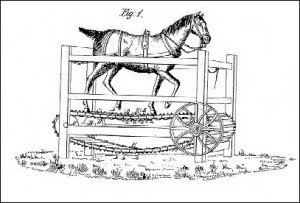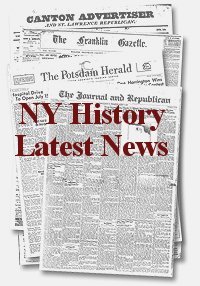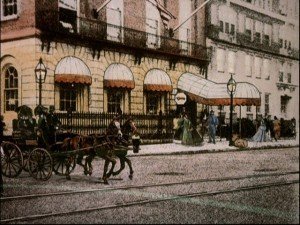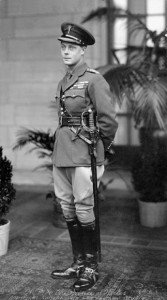 April 11, 2013 marks the 94th anniversary of Governor Al Smith’s signing the law that established New York’s system of local government Historians (Laws of 1919, Ch. 181). Smith was a history-minded leader.
April 11, 2013 marks the 94th anniversary of Governor Al Smith’s signing the law that established New York’s system of local government Historians (Laws of 1919, Ch. 181). Smith was a history-minded leader.
As an Assemblyman, he had sponsored the bill in 1911 that moved the State Historian’s office to the State Education Department and initiated the state’s local government records program. In 1919, his first year as governor, he was preparing to reorganize and modernize state government.
His approval of the Historians’ Law was a milestone event. New York was, and still is, the only state in the nation to declare preservation and dissemination of local history to be a public purpose so important that it is embodied in statute.
Read more





